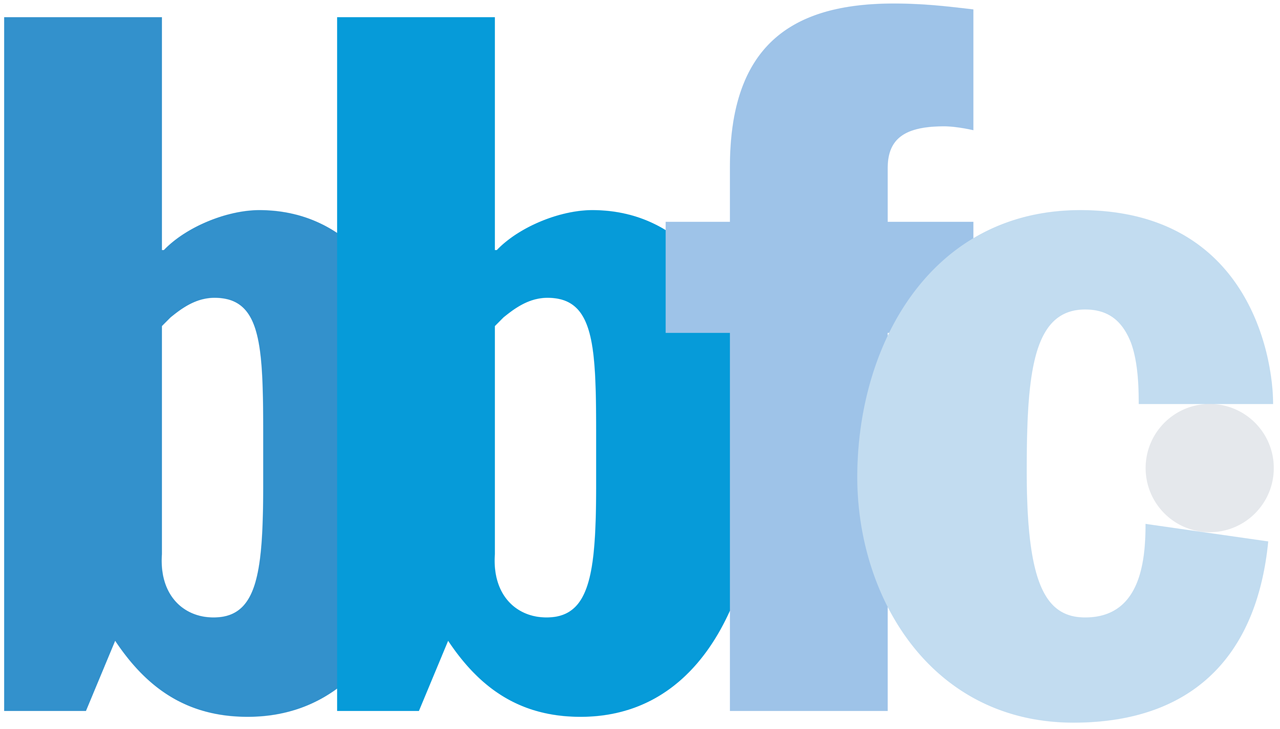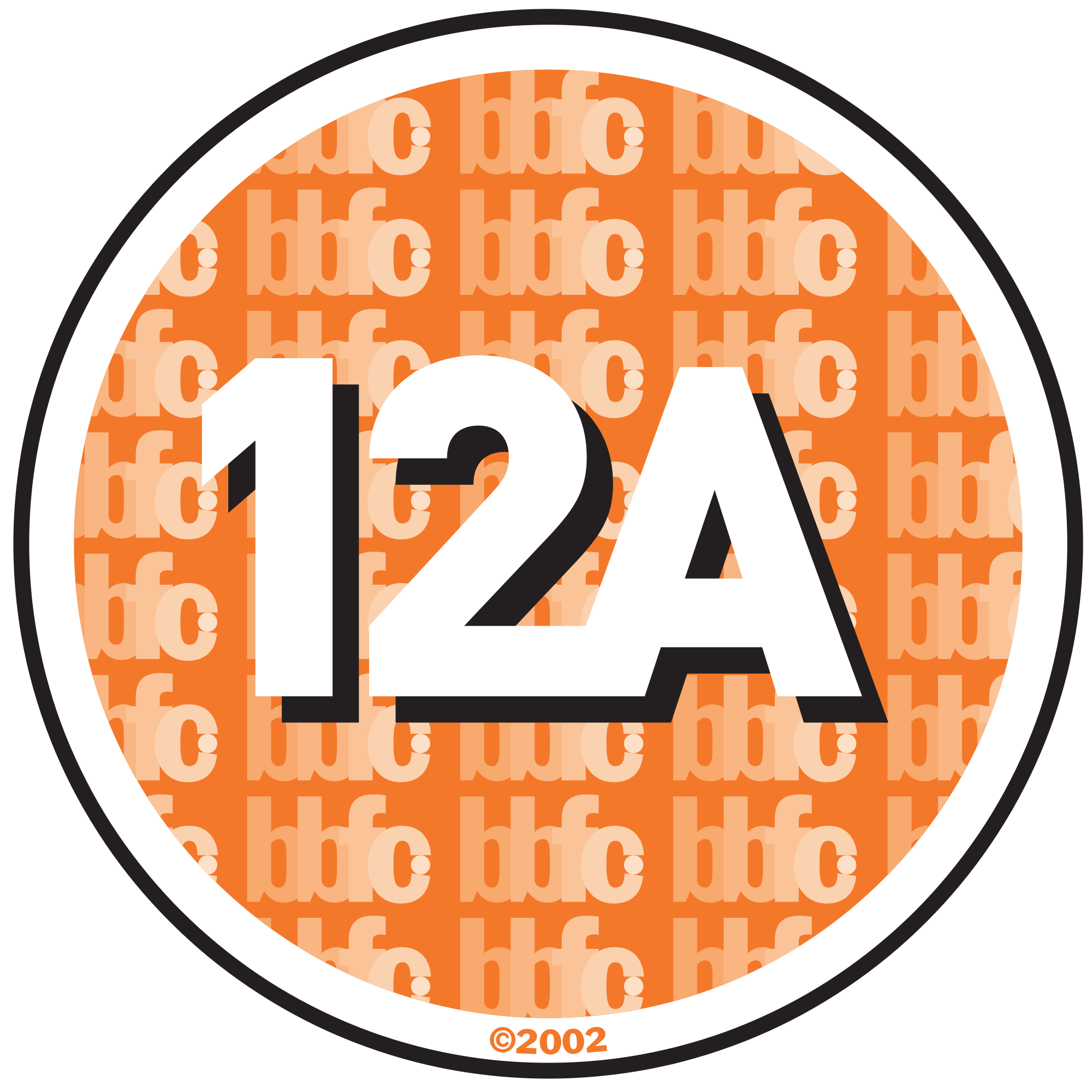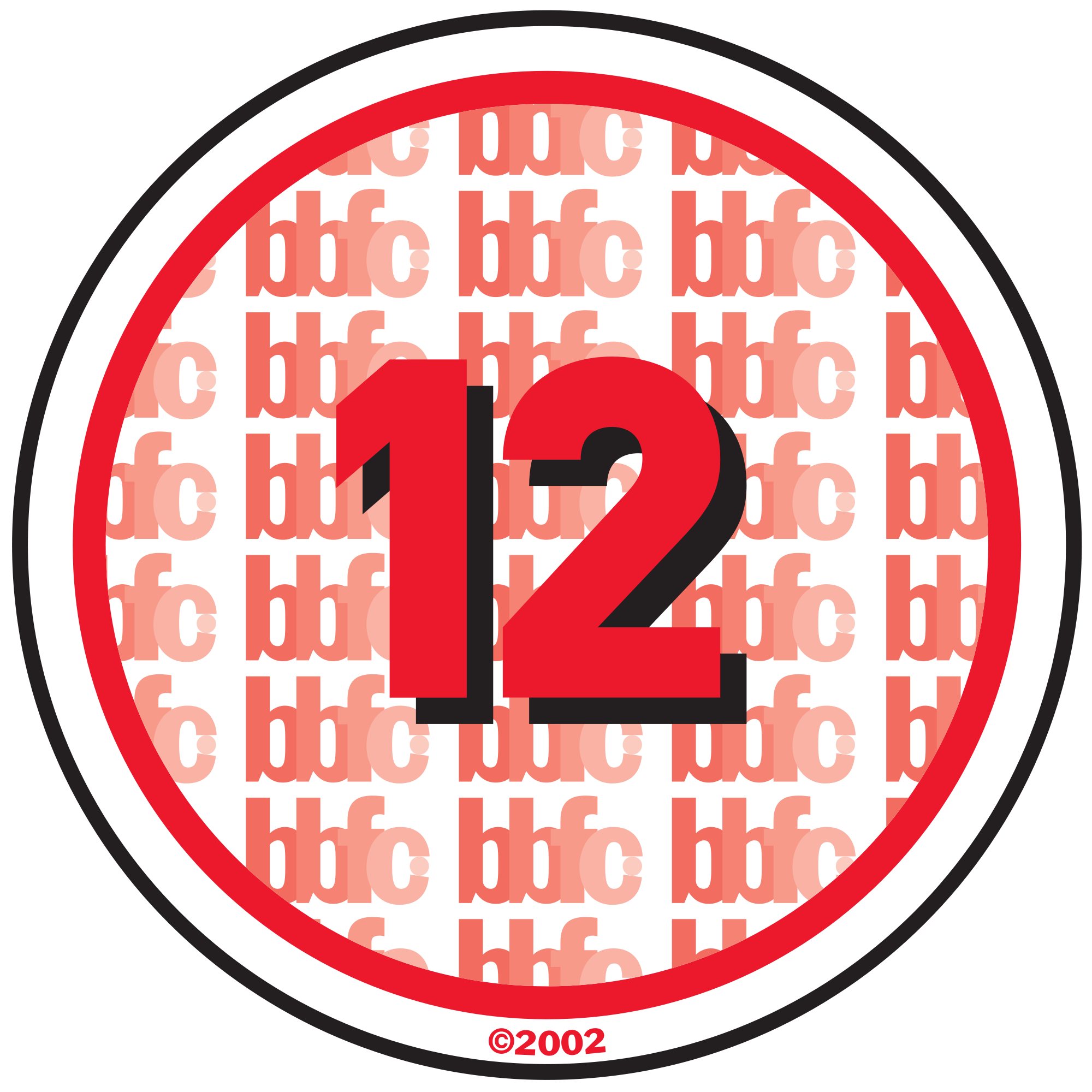Production
Wen it comes to producing a film, the quality of the film really depends on the budget. As an independent film company can't afford to make a big budget film, they have to ensure they can produce a film with a small production cost. This is however opposite to a mainstream film company as they can afford to make films on a considerably larger budget.
Due to a lower budget, the independent film companies can't afford to have an A-list cast, this is why independent films tend to have unknown actors as they can afford to cast them in the film. However, this doesn't apply to mainstream films as they don't have to worry about money. The mainstream films can choose to have an A-list cast or an unknown one, this depends on the film's narrative or genre.
The fact that independent films doesn't have a lot of money also means that they can't afford to make films with a lot of special effects, such as CGI, because they cost too much to operate. This doesn't apply to mainstream films, this is also why mainstream films are more favourable as they seem to have better quality compared to independent films.
Marketing
There are many different ways to market a film, the main way is to create a trailer, this gives the target audience a taste of what the film will look like and what's going to happen in it. This also makes them want to go and see the films they can see what's on offer to them via the trailer. The quality of these trailers would also depend on the type of institution that the film is being funded by, mainstream or independent.
The amount of marketing a film gets depends on the budget. As independent films get a smaller budget compared to mainstream films, it means that they don't have as big of a marketing campaign. By not having a successful marketing campaign means that a films target audience would not watch the film as they may not have even known about it.
Distribution
Distribution is the way a film gets to it's audience. Mainstream films spend thousands of pounds making sure that their film is secure and as pirate free as they can get it, one way to do this is if the film was secured in a pass-code locked case which will only open just before the film release. This means that if anyone does steal it they will not be able to access the film before anyone else.
Exhibition
The exhibition of a film is how the audience watches it, the way that will be the most profitable will be in cinemas and IMAX theatres. This is where most of the mainstream films reach it's break even point. The fact that a film can be seen on different types of screens means that the audience has more options to how to view the film. This also encourages them to buy the film, if they have not yet seen it in cinemas or IMAX theatres, on Blu-Ray or DVD.



























